Takeaways From Russia’s Missile War On Ukraine
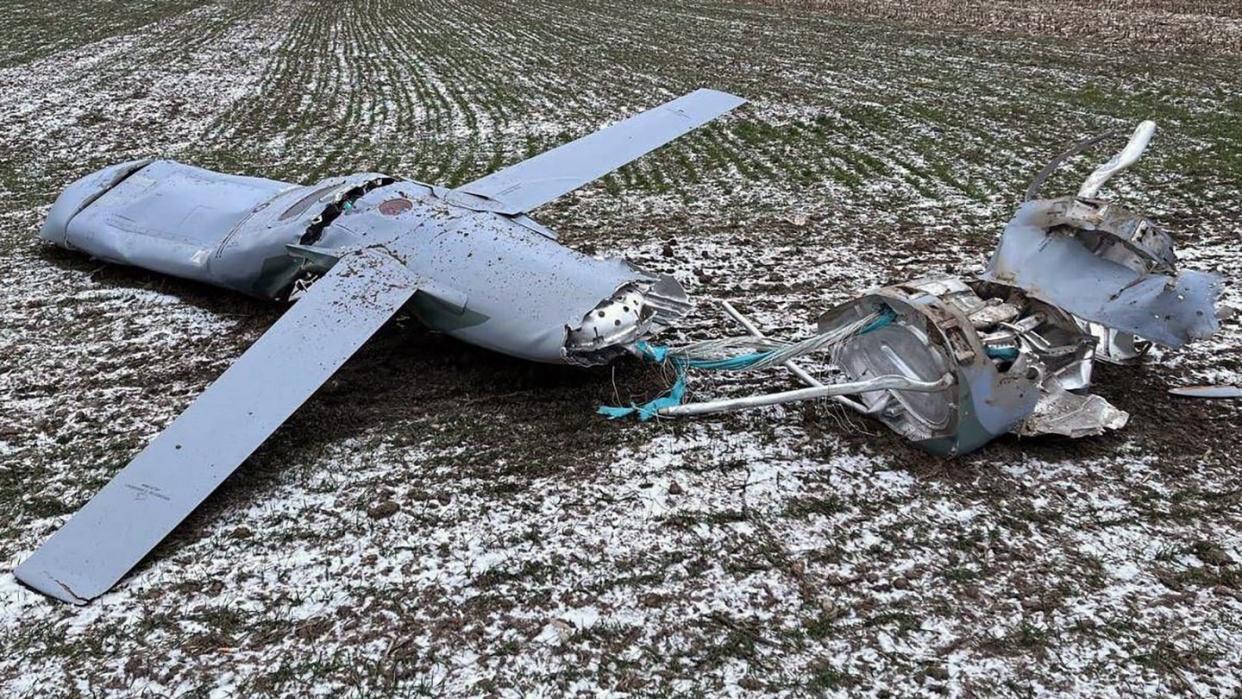
On the first day of the Kremlin’s full-scale invasion of Ukraine, February 24, 2022, we looked in detail at the different types of standoff missiles used by the Russian military in what was, at that point, the opening onslaught of the so-called “Special Military Operation.” Since then, the war has taken many turns, but Russia’s long-range missile strikes launched against Ukraine have continued.
In the process, there has been a shift from the ‘decapitation’-type assault of those first few days, during which missiles were aimed primarily at command-and-control facilities, air defense sites, airbases, and other key military sites, to a more attrition-focused style of warfare, with cities and critical infrastructure increasingly being targeted. At the same time, ballistic missiles and cruise missiles from exclusively Russian production have been joined by Iranian-designed kamikaze drones, providing a cheaper means of keeping up a relentless assault on Ukrainian targets far beyond the front lines.
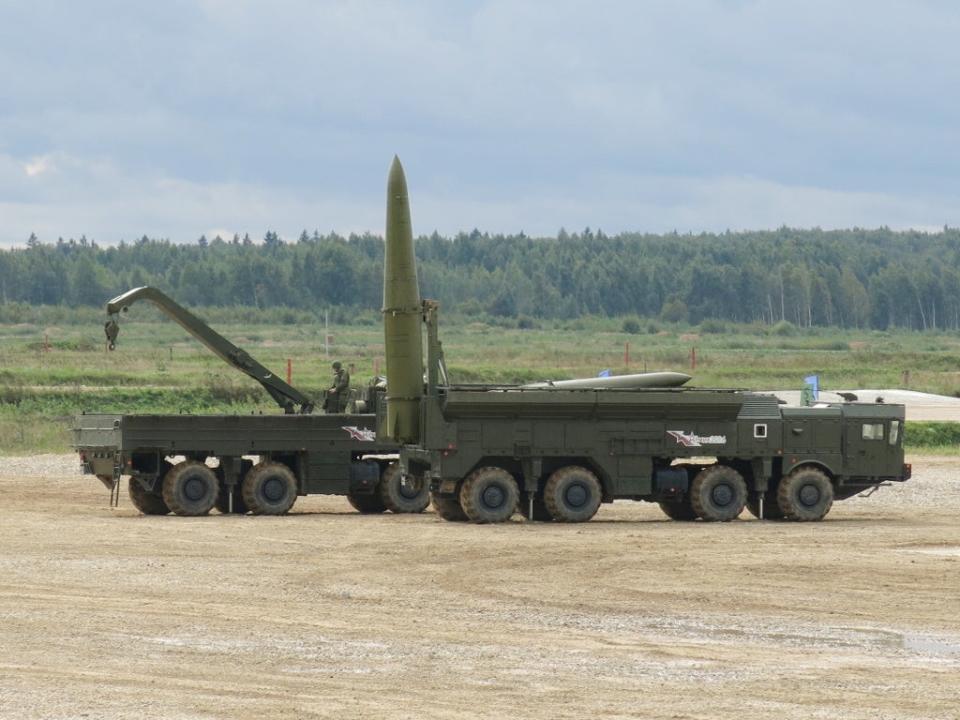
As we predicted at the time, Russia has made much more use of precision-guided missiles in Ukraine than compared with its other recent conflicts, reflecting a general shift in its doctrine. Proportionally, however, Russia has still employed far fewer such high-tech weapons than its Western counterparts.
Now, more than 600 days into the current iteration of the Russia-Ukraine conflict, missile experts from the British think-tank, the International Institute for Strategic Studies (IISS), have provided their analysis of the key developments in this field, with the launch of a new report, Russia’s War in Ukraine: Ballistic and Cruise Trajectories. Experts from the institute provided their insight last Friday, with The War Zone present for the online launch of that report.
Air-launched cruise missiles
In the first hours of the war, it was unclear to what degree Russia was using bombers to launch the land attack cruise missiles directed against targets across Ukraine. However, video evidence and wreckage soon revealed that the Kh-101, known by the Western reporting name AS-23A Kodiak, was being employed. This relatively modern cruise missile has become the most important air-launched cruise missile (ALCM) of the campaign so far. It’s not only the most widely used ALCM in the war, but also the most advanced.
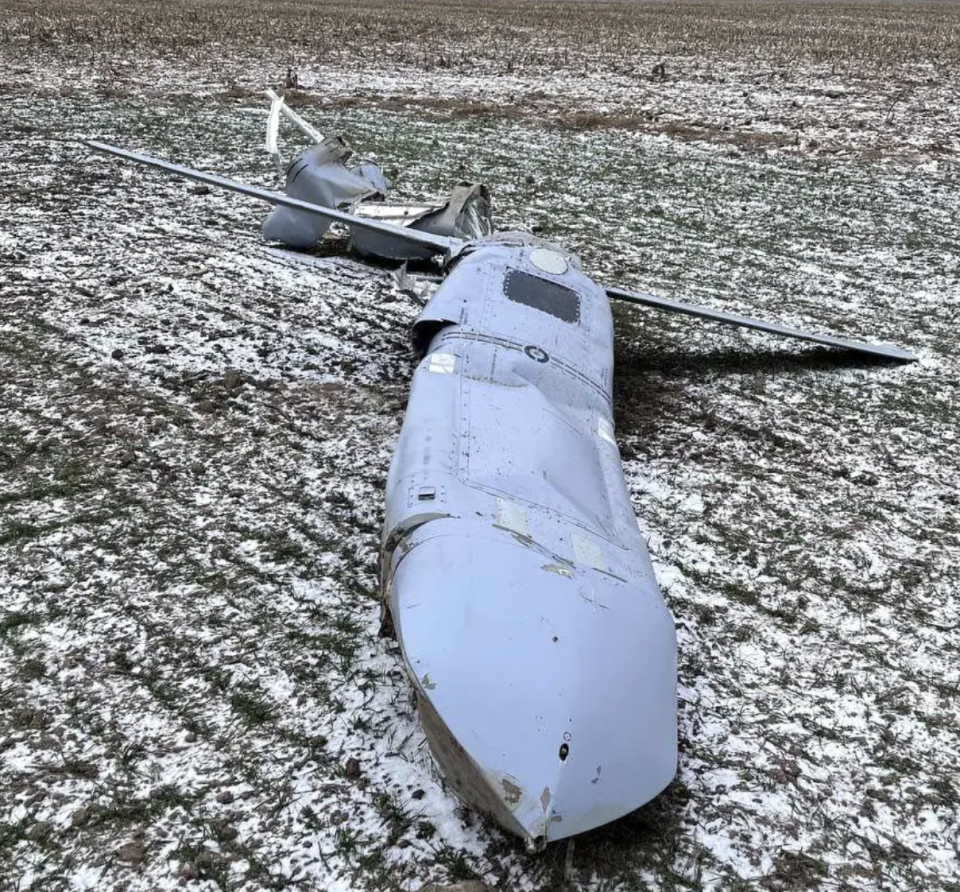
https://twitter.com/Osinttechnical/status/1619804238661718016
Capable of being launched by Tu-160 Blackjack and Tu-95MS Bear-H bombers, the Kh-101 was developed as a successor to the Cold War-era Kh-55. The Kh-101 was first used in combat during Russia’s campaign in Syria and is a subsonic weapon with some stealth features. It uses digital electro-optical scene-matching guidance and is fitted with defensive aids to help defeat enemy air defenses.
Douglas Barrie, Senior Fellow for Military Aerospace at IISS notes that one critical unknown about the Kh-101 is its range. This may be in the region of 4,000 kilometers (2,485), although this figure may refer to the original proposal for the missile, which used a propfan, rather than the conventional turbofan that’s actually used. Other estimates put the range at closer to 1,870 miles, although in either scenario, the launch aircraft can operate well outside Ukraine’s borders.
https://twitter.com/CombatAir/status/1499057342033317893
The Russian Aerospace Forces has another conventionally armed air-launched cruise missile, the Kh-555 (AS-22 Kluge). This missile was converted from the older Kh-55SM (AS-15 Kent) subsonic ALCM, with the original nuclear warhead replaced with a conventional example. The missile can be fitted with conformal fuel tanks to extend its range to around 1,860 miles. So far, however, and despite claims from Ukrainian officials to the contrary, Barrie says there has been no hard evidence of this missile being employed in Ukraine.
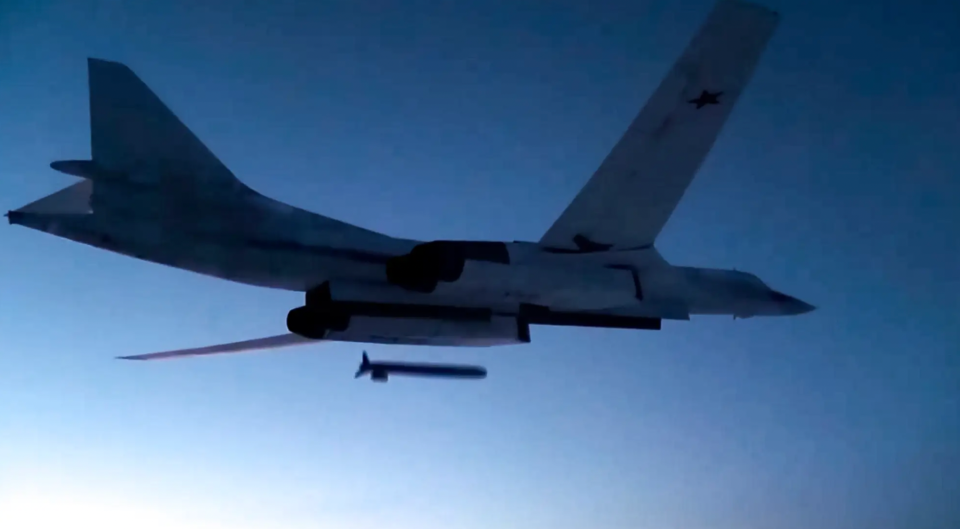
“It’s been reported that the Kh-555 has been used,” Barrie says. “So far, I certainly haven’t seen any visual imagery to confirm this. Obviously, the missile has a distinctive modification to the nose — when you swap out the nuclear payload for a conventional payload, you change the aerodynamic characteristics of the weapon. So it needed these end plates fitted. We just haven’t seen it in use, certainly in any imagery. There’s an argument to be that actually only a limited number of what were converted and that these were actually all used in Syria.” It’s also possible that stocks of available Kh-55SMs are now low, meaning few or none left to convert, or that the conversion process itself was judged overly complex.
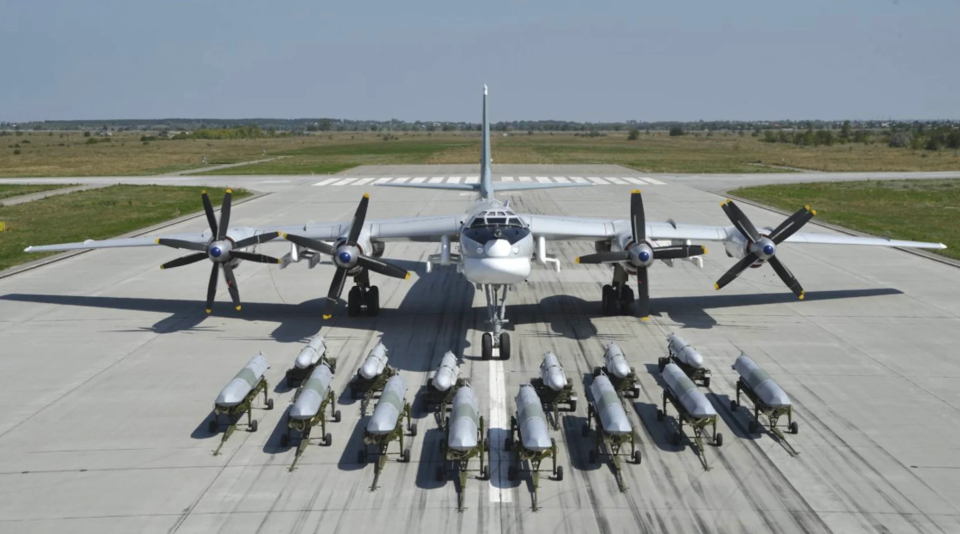
Alongside the Kh-101, as used in the opening strikes, Russia has subsequently begun to make use of what might be termed ‘emergency ALCMs,’ to make up for the limited numbers and production capacity of the Kh-101.
Most notorious is the Kh-22 (AS-4 Kitchen), a repurposed anti-ship missile that has been used against land targets. A land attack version of the Kh-22 was also developed in the Cold War but was fitted with a nuclear warhead, meaning accuracy was much less of an issue.
The Kh-32, a much-modernized version of the Kh-22 is also available. Barrie describes the Kh-22 as “unsuited for precision land attack, while the Kh-32, despite being an upgrade, is perhaps best described as being less inaccurate in the land attack mission.” The Kh-32 has so far been seen only in “far smaller numbers” but its high speed and terminal dive onto the target apparently make it one of the harder weapons for Ukrainian air defenses to counter.
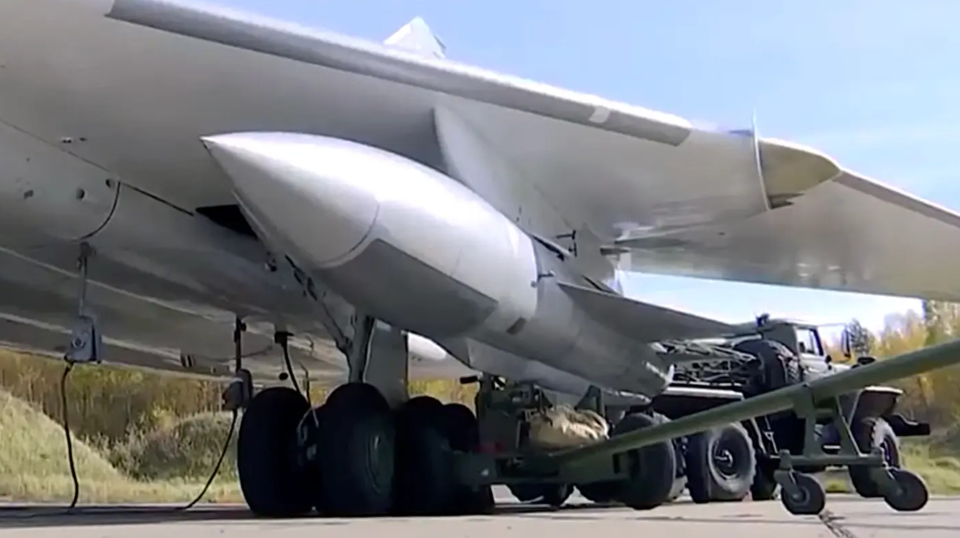
https://twitter.com/MrFrantarelli/status/1524282788303839232
While the Kh-22 and Kh-32 have been drafted in to address shortfalls in ‘magazine depth,’ somewhat different is a reported denuclearized version of the Kh-55SM. While the Kh-555 took old Kh-55SM missiles and put conventional warheads in them, Russia appears to be also using Kh-55SMs with no warhead fitted at all. These are apparently employed as decoys.
https://twitter.com/JamesAALongman/status/1541902530610880513 https://twitter.com/ELINTNews/status/1615129067035959296
As Barrie explains: “It does look like they have used the Kh-55 with the nuclear device removed and size-and-mass-representative shape inserted instead.” The aim is “to try and overwhelm Ukrainian ground base air defenses, just to complicate the defensive picture that much more by putting more things in the air that look like either [one-way] attack munitions or in the case of the Kh-55, a cruise missile.”
https://twitter.com/piotr_butowski/status/1593689026145419268
Russia’s use of one-way attack munitions — and especially the Iranian-designed Shahed-136 (known in Russia as Geran-2) has also been a hugely significant development in the war. As well as being used (like the decoy Kh-55) to try and overwhelm Ukrainian air defenses, these so-called kamikaze drones have also emerged as a key means of Russia launching long-range attacks against Ukraine, especially its cities and critical national infrastructure (CNI) targets. Tricky for conventional air defenses to defeat and able to hit targets all across Ukraine, the Shahed series is also far cheaper than cruise or ballistic missiles; what they lack in destructive power can be made up for in terms of numbers. It’s no surprise that Russia has begun to build Shahed-type drones domestically as well as introduce more capable versions of these weapons.
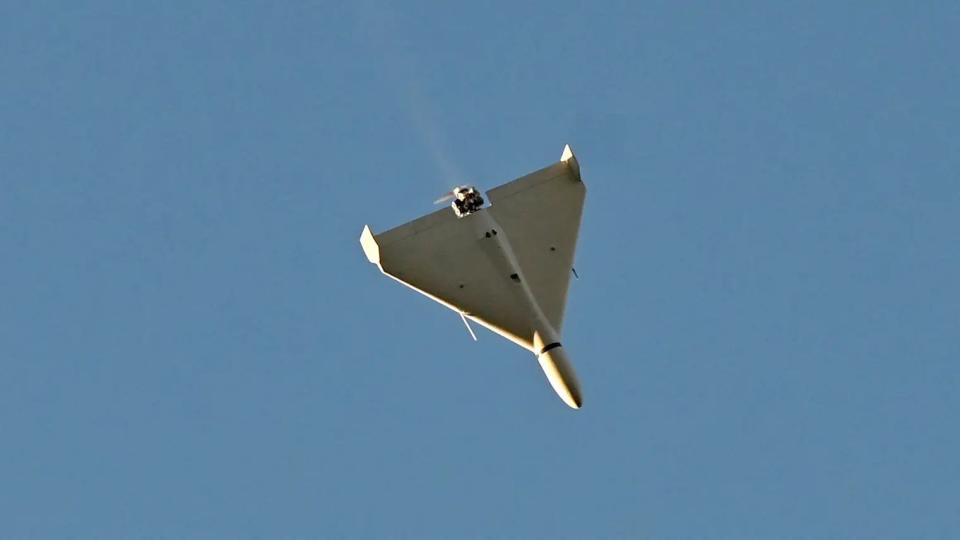
Naval cruise missiles
Another modern cruise missile that was employed in the opening salvoes in February 2022 was the 3M14 Kalibr land attack cruise missile (LACM). Another weapon previously employed by the Russian Navy during Moscow’s intervention in Syria, the missile is known in the West as the SS-N-30A Sagaris. The Ukrainian Ministry of Defense stated that 30 of these missiles were used in the opening Russian assault and 3M14s have been used ever since, fired from vessels in the Black Sea.
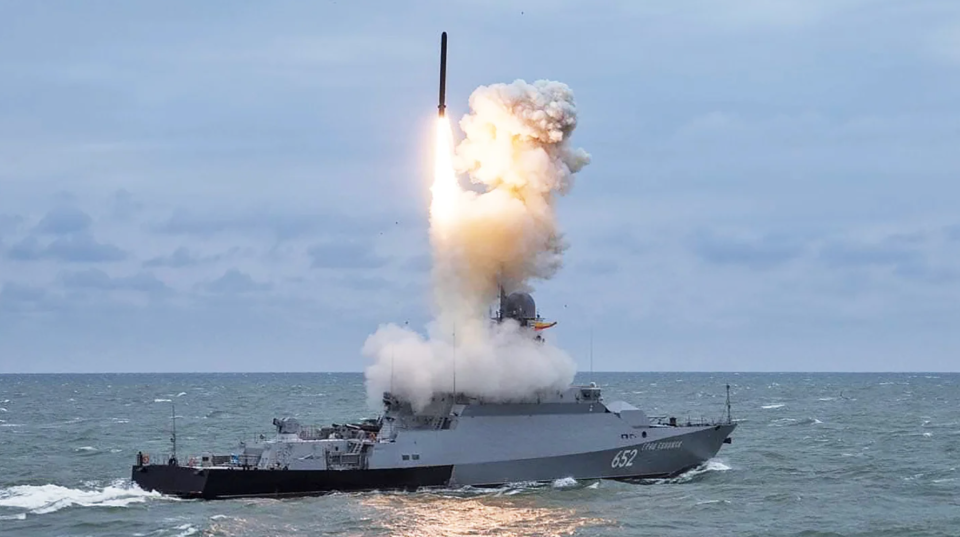
The subsonic 3M14 reportedly has a range of between 930 and 1,550 miles and can be launched from a variety of surface warships and submarines, including surface vessels as small as corvettes. As Ukraine has stepped up its own, highly effective campaign against the Black Sea Fleet, this has threatened Russia’s ability to put as many Kalibr-armed vessels to sea and, when they do so, they now face potential attack from a variety of different weapons.
https://twitter.com/christogrozev/status/1498940319211130881
Like the Kh-101, the 3M14 has been used “pretty heavily” in Ukraine, according to the IISS’s assessment, but Russia will have likely faced the same kinds of issues, including limited magazine depth and ability to ramp up production to meet greater-than-expected demands
Ground-launched cruise missiles
In the early days of the campaign, there was limited evidence of the use of ground-launched cruise missiles (GLCMs) and, as the conflict has progressed, these weapons have still been far less frequently seen than their air-launched and naval counterparts.
The primary GLCMs employed by Russia have been the 9M728, a shorter-range cruise missile that uses the same transporter-erector-launcher (TEL) and support vehicles as the Iskander-M (SS-26 Stone) short-range ballistic missile (SRBM) system. Known in the West as SSC-7 Southpaw, the 9M728 is officially attributed with a range of less than 500 kilometers (310 miles), putting it within the limits of the now-defunct 1987 Intermediate-Range Nuclear Forces (INF) Treaty.
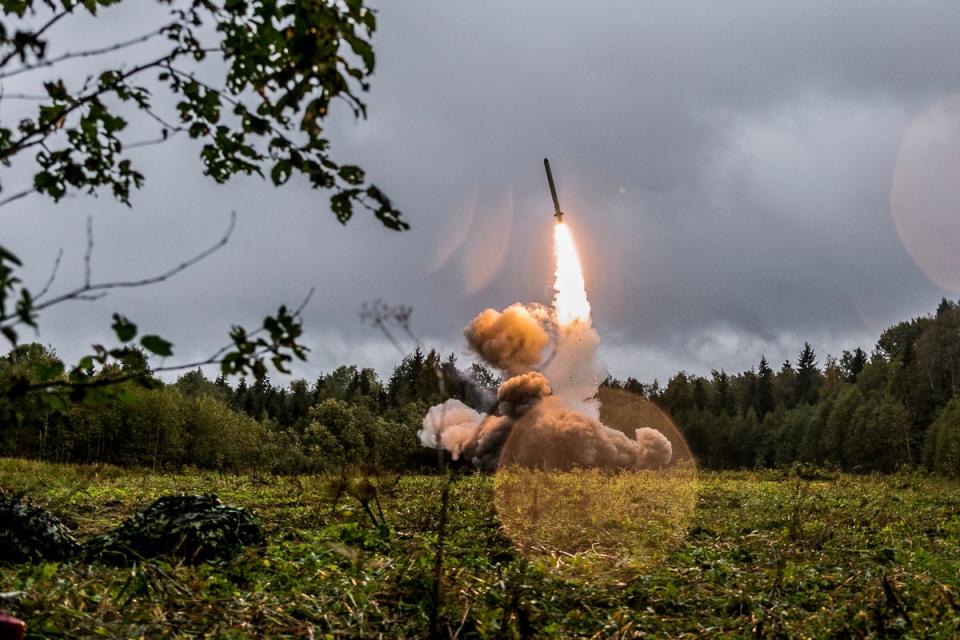
A longer-range cruise missile is the controversial 9M729, or SSC-8 Screwdriver, which Douglas Barrie of the IISS considers is “range-equivalent to the 3M14, so probably [can hit targets at a distance] of 2,500 kilometers,” or 1,553 miles.
https://twitter.com/LotA_IL/status/1608586182576717824
“The short-range variant, the 9M728 has reportedly been used,” Barrie says, although there’s “no confirmation that the longer-range missile, the 9M729, has also been employed.” He does note, however, that it would be “unsurprising” if the 9M729 hasn’t been used in Ukraine in some capacity, considering that the conflict there provides a very useful operational test environment.
Overall, the story of Russian land attack cruise missile use so far in the war is one of the military being apparently ill-prepared for a conflict of this duration.
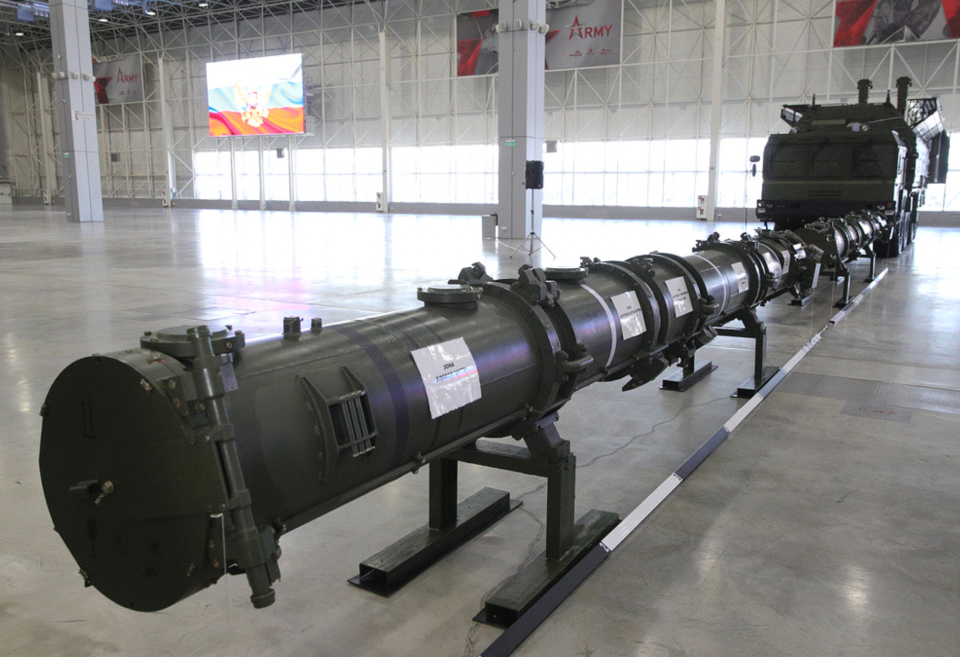
https://www.youtube.com/watch?v=qTqTG6Na1xM
The first land attack cruise missile strikes were “piecemeal,” Barrie contends, suggesting that this may have been more of an attempt to have the desired military effect while minimizing damage. “The assumption generally in most schools is that they would be in charge in Ukraine within a few days,” Barrie says, “so why destroy critical national infrastructure which you think you're going to inherit very quickly.”
The changing fortunes of the Russian invasion can then begin to be seen in cruise missile use. In the first few months, cruise missile use appeared fairly low, but this changed toward the end of 2022. “Certainly, in the fourth quarter, October, November, and December, we see far higher use and the power infrastructure becomes a particular target set.”
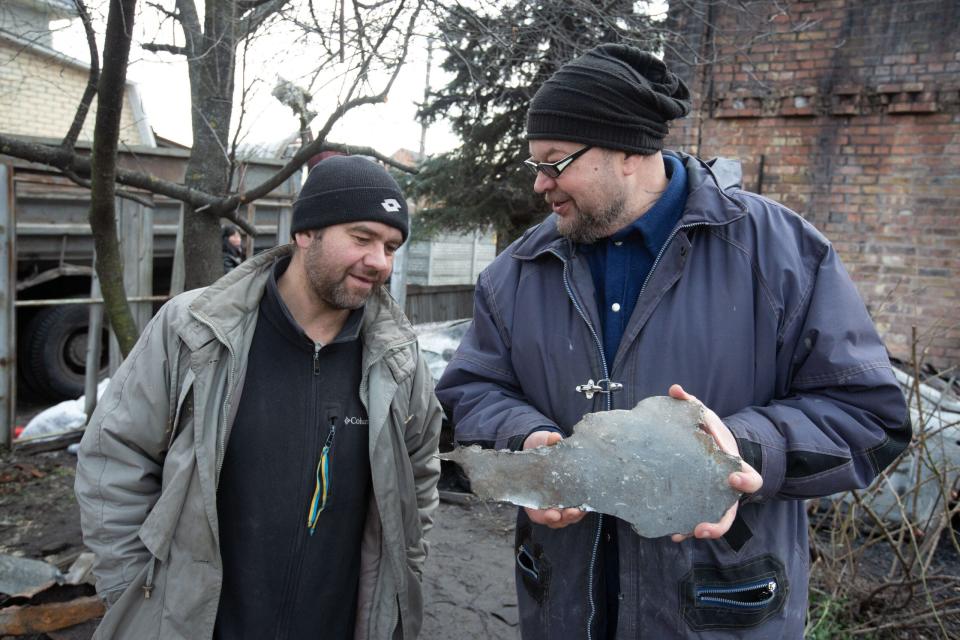
“In terms of the overall Russian approach,” Barrie continues, “I think there’s a valid question to ask whether or not the Russians were perhaps overconfident in the sense that they had been pretty successful in Syria, which is a very different campaign. But the cruise missiles there seemed to work.”
Another aspect that may have surprised the Russians is just how well Ukraine’s air defenses have been able to deal with — at least some of — the cruise missiles launched against the country. Even if the claims made by the Ukrainians may be exaggerated, it’s clear that subsonic land attack cruise missiles have proven vulnerable to a variety of different air defense systems, of different origins.
https://www.twitter.com/DefenceU/status/1660737232175616006?s=20 https://twitter.com/Euan_MacDonald/status/1593158987800641536
“The Russians, I think, now recognize they held insufficient numbers of their more modern systems at the start of the war,” Barrie says. “Again, targeting and battle damage assessment has not been adequate.”
One longer-term solution could be an increased focus on higher-speed cruise missiles. Moscow was working on two different high-speed cruise missile programs before abandoning these in the 1990s, after flight testing both the Mach-3-class Kh-80 and the Mach-4.5-class Kh-90.
https://twitter.com/atomicarchive/status/1208438988903768065
As Barrie notes, today there are at least two Mach-5-plus land attack cruise missile programs underway, the Kh-41 and Ostrota, both of which are also described by other names. However, even if one or both of these are developed successfully, weapons in this class will still remain expensive. As Barrie says, “There’ll still be an incentive to provide additional inventory depth through the acquisition of less expensive systems to supplement the very high-speed cruise missiles.” Such options would be more subsonic (or possibly supersonic) cruise missiles, or even more one-way attack munitions, to follow on from the Shahed-136/Geran-2.
Ballistic missiles
Alongside their winged counterparts, ballistic missiles have played an important role in Russia’s war in Ukraine, although their use has often been difficult to verify. The Pentagon assessed that as many as 100 ballistic missiles were launched by Russia in the first hours of the conflict and two missile types have since been employed on a regular basis since then.
The first and most important is the 9K720 Iskander-M short-range ballistic missile (SRBM), known in the West as SS-26 Stone.
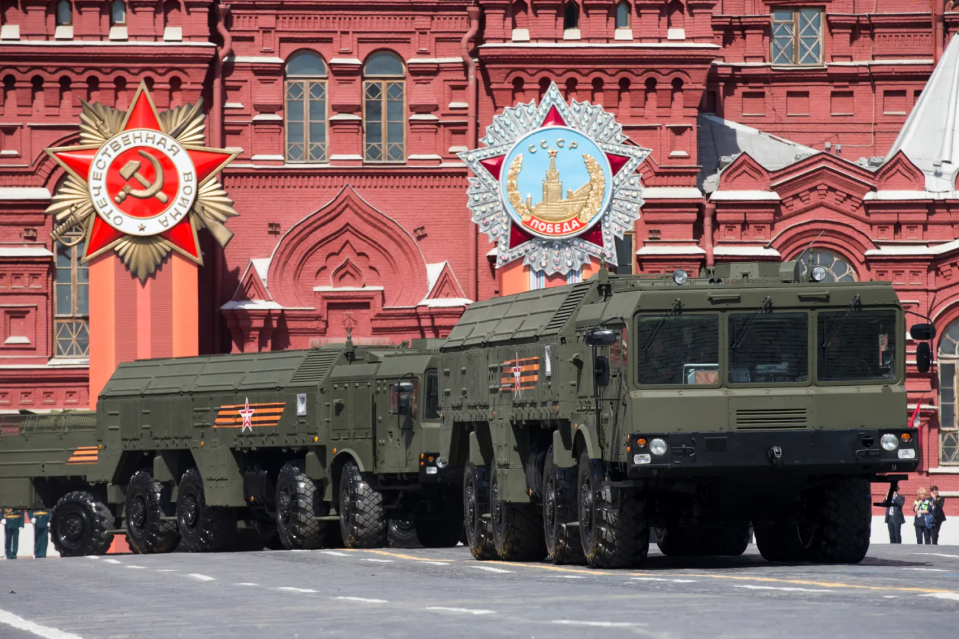
Already before the conflict began, the Ukrainian Ministry of Defense warned that the Iskander-M, in particular, was a critical weapon system that would likely be used to “destroy vital objects.” That prediction has played out, with the Iskander-M repeatedly being used to strike key Ukrainian objectives, including ones relatively far behind the front lines.
https://twitter.com/RALee85/status/1483566928732037123
The 9M723 ballistic missile launched by the Iskander-M has an official range of 310 miles, although this is very likely an underestimation — IISS puts the figure closer to 370 miles. The missile can also carry a variety of payloads, normally a high-explosive or submunition warhead, but reportedly also fuel-air explosives and bunker-busters. A nuclear warhead is available as an option if required.
The campaign in Ukraine has also provided evidence of the countermeasures used by the system, with an apparently previously unseen decoy munition pointing to Russian efforts to ensure that its SRBMs are better able to defeat increasingly sophisticated anti-ballistic missile (ABM) defenses. Oddly, the decoy broke cover before Ukraine began to deploy Western-supplied Patriot air defense systems, meaning its ABM capabilities at this time were strictly limited.
https://twitter.com/CAT_UXO/status/1500100071718854657
The challenge of defeating the 9M723 is made greater by its use of a depressed quasi-ballistic trajectory, keeping it at an altitude of below around 30 miles, and its ability to maneuver in flight, at speeds of up to Mach 7, something that even advanced air defense systems may find it hard to counter.
Aside from the Iskander-M, the older 9K79 Tochka-U (SS-21 Scarab) SRBM has also likely been used, despite Russian claims that it was retired back in 2017. This Soviet-designed system has a range of around 120 kilometers (75 miles).
https://twitter.com/ChungTzuW/status/1703488804319899932
According to Timothy Wright, Research Associate for Defense and Military Analysis at IISS, while there may be no official announcement from Moscow about their use, “there have been multiple instances where the missile has been seen stenciled with distinctive V and Z emblems and they have also been linked to areas which are clearly in Russian-controlled territory.”
As to why Russia would continue to use the old missile, now that the Iskander-M is available, Wright suggests the reasons are likely manifold. As a way of reducing pressure on the dwindling inventory of more capable systems such as the 9M723, which also has a vital tactical nuclear role, likely large numbers of Tochka-U missiles that are in warehouses across Russia are a useful reserve, even if inferior in terms of range and accuracy. Then there’s the fact that Russian forces are having to prosecute a higher-than-expected number of Ukrainian targets while using the SS-21 can potentially also offset the effectiveness of Ukrainian air defenses, even if only by providing a greater number of threats for them to deal with. Finally, using up these weapons in combat makes more sense than dismantling them, which would be the likely course of action otherwise.
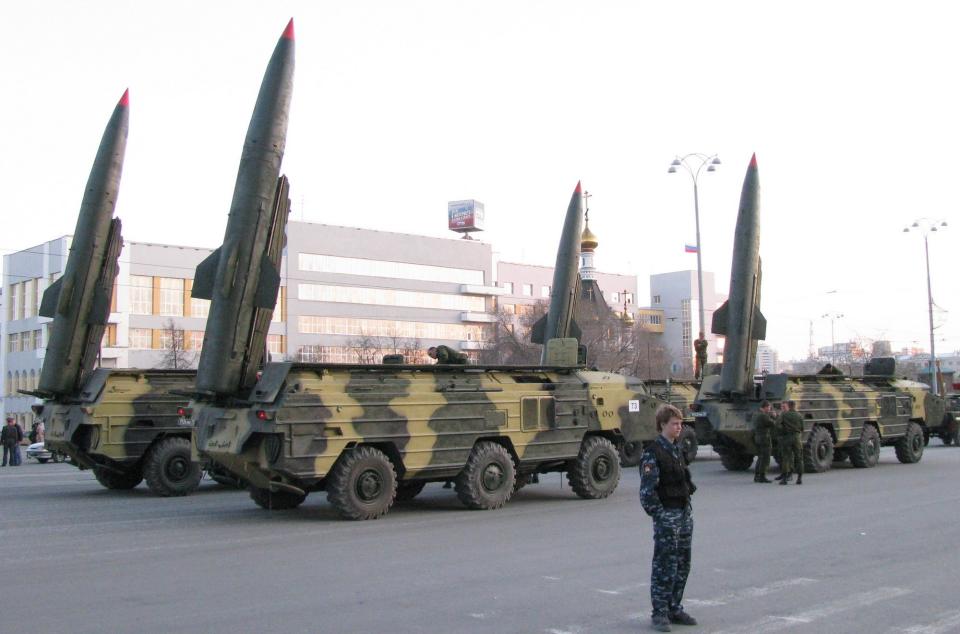
One weapon that made its combat debut in Ukraine is the 9-S-7760 Kinzhal, known in the West as the AS-24 Killjoy, carried by adapted MiG-31K Foxhound-D interceptors. The Kinzhal is essentially an air-launched derivative of the 9M723 Iskander-M ballistic missile and was one of President Putin’s much-hyped ‘super weapons’ unveiled back in 2018.
Regardless, the appearance of the Kinzhal has been interesting, as have the kinds of targets it has been used against. The Kinzhal has a range radius of around 2,000 kilometers (1,243 miles), which can be extended when combined with the MiG-31. Its first reported use, in March 2022, was against a Ukrainian ammunition depot. This is despite the fact that the missile has been touted as capable of defeating sophisticated air defenses to strike the highest-value targets — not ammunition depots.
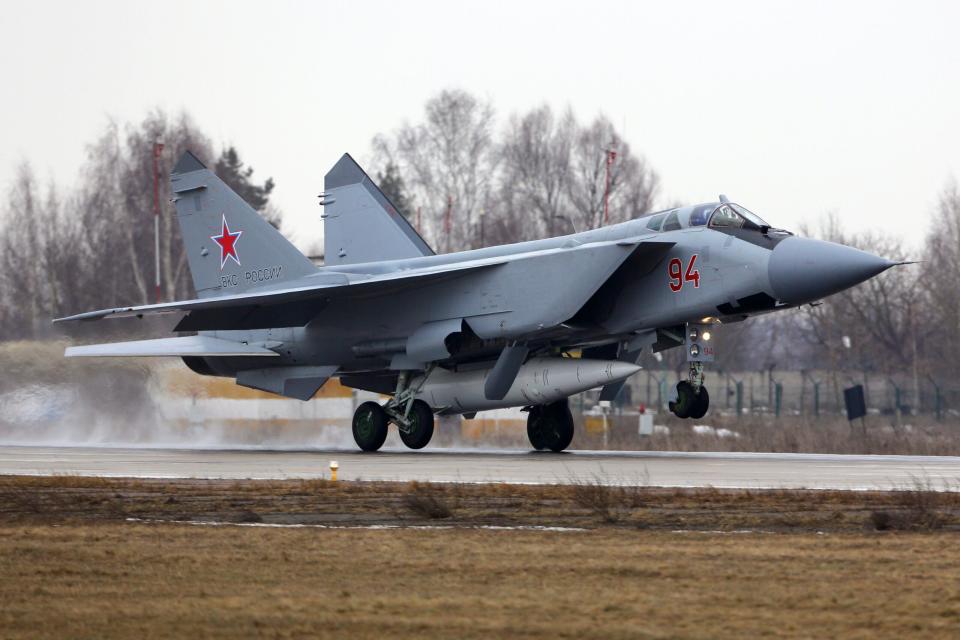
On the other hand, if Ukrainian claims are to be believed, the country’s air defenses have succeeded in downing examples of the Kinzhal, using the Patriot surface-to-air missile — a weapon that has, in turn, apparently come under attack from the Kinzhal system. Nevertheless, with its speed and trajectory, the Kinzhal still provides air defenses with some serious challenges.
Douglas Barrie contends that the war in Ukraine, above all, has been used as an opportunity to operationally test the Kinzhal and that “the results so far would suggest further development if required.” He adds: “I’m not sure that this weapon is completely out of test and evaluation, as it were,” and that, in Western circles, it may still have the (experimental) designation AS-X-24.
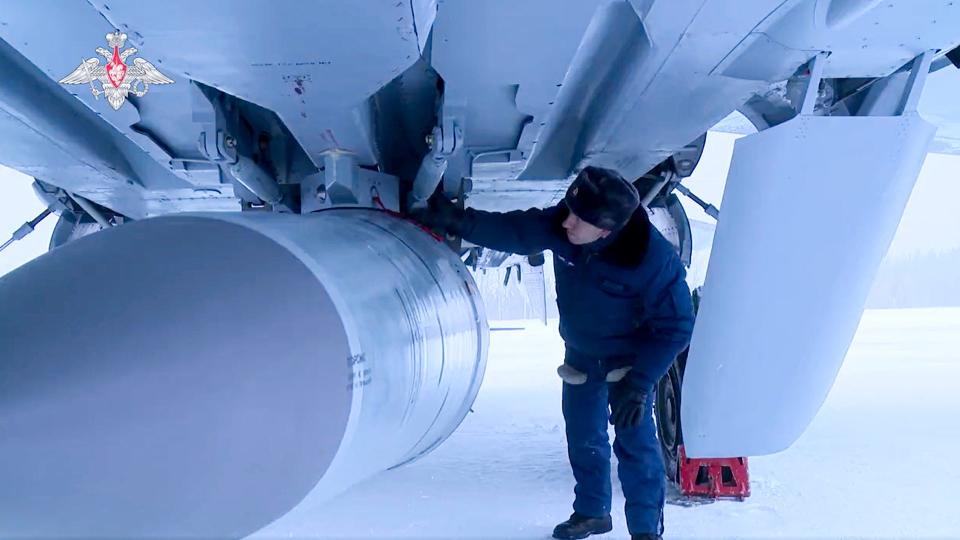
As to how Russia’s use of ballistic missiles has evolved during the campaign, it’s notable that there has been a break from traditional Russian doctrine in this regard, something that extends to the use of land attack cruise missiles, too. After all, weapons in this class — precision strike systems — are primarily intended to destroy critically important economic, political, and military infrastructure, without having to employ nuclear weapons.
This kind of bombardment has been carried out only in a piecemeal way in Ukraine, with ballistic missiles having been used fairly sporadically even at the war’s outset. The National Security and Defense Council of Ukraine, for example, reported that 124 9M723 missiles were used in a roughly five-month period from February 24 until July 21, 2022. Even if those figures are treated cautiously, available footage from this period typically shows Russian SRBM systems launching only around three or four missiles for each fire mission. This compares with the first day of U.S. operations against Iraq in 2003 when a single U.S. Army unit launched 102 ATACMS missiles against a single Iraqi division. U.S. doctrine calls for targets to be struck repeatedly over prolonged periods to ensure their destruction. In 2022, meanwhile, Russia applied what Wright describes as “a much lighter touch and failed to repeatedly follow up with targets.”
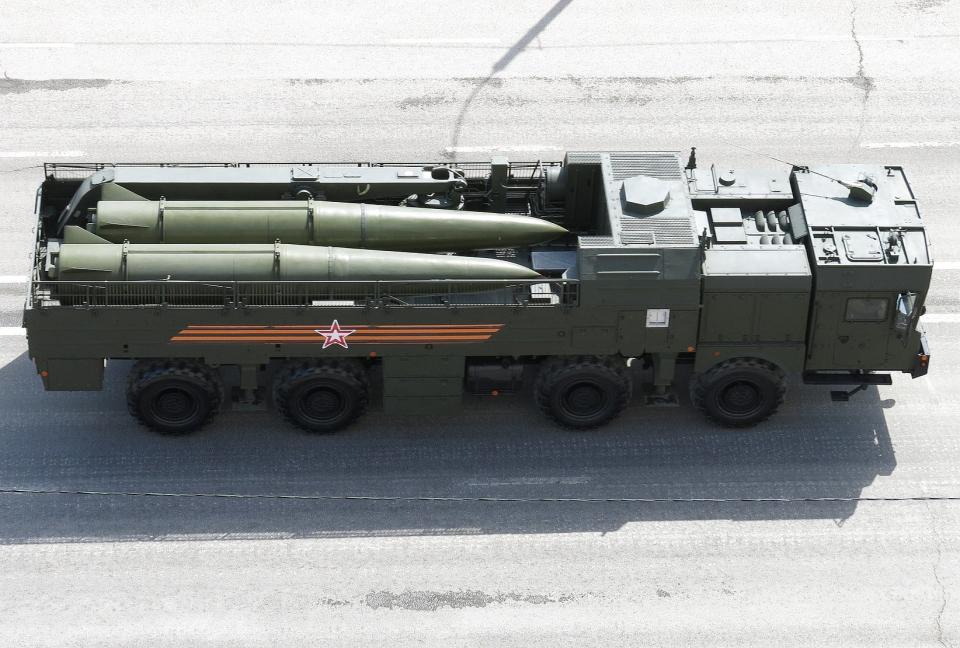
As an example, Wright provides the case of Mirgorod airfield, a key Ukrainian fighter base close to the Russian border in the east of the country. Available satellite imagery shows it was struck in the first weeks of the war, but only a limited number of strikes caused marginal visible damage. Despite craters on the airfields and aprons, many targets remained untouched, and aircraft were apparently simply moved elsewhere on the base, continuing operations unmolested by follow-up strikes.
Wright presents some theories behind the limited number of strikes, including Russia having overestimated its own military capabilities, and significantly underestimating Ukraine’s will to resist. “As a result of this, Russian military planners probably believed that large numbers of repetitive strikes were unnecessary, given the expectation that Ukraine would quickly collapse,” Wright explains.
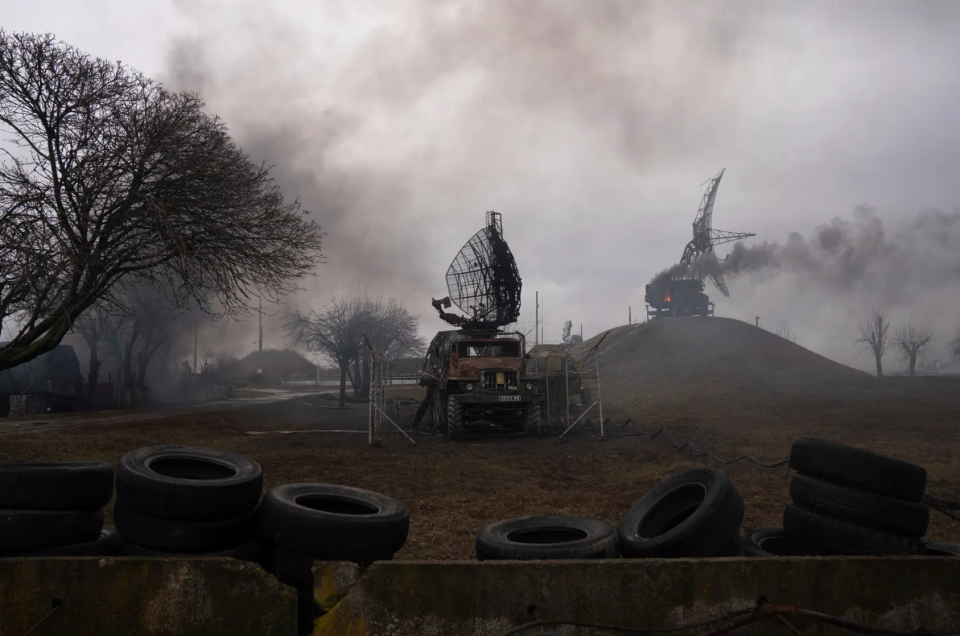
As it became clear that Ukraine wouldn’t simply collapse under the weight of the invasions, Russia then seems to have stepped up its use of ballistic missiles to help achieve its political and military objectives. The Ukrainian Ministry of Defense states that Russia had launched a total of 829 97M23 missiles by November 18, 2022. If accurate, that would represent a three-fold increase in the average rate of launches, compared with the February to April period. By now, these missiles were also being used increasingly against Ukrainian energy and other infrastructure, with the aim of increasing the pressure on Ukraine’s civilian population.
Overall, while the conflict has seen significant use of ballistic missiles and cruise missiles by Russia, targeting a range of Ukrainian civilian, military, and CNI targets, the results achieved by the Kremlin have been mixed. While the misery and disruption they have resulted in are without doubt, the effectiveness of these strikes has been limited by the stiff resistance provided by Ukraine, and especially its air defenses, increasingly bolstered by more modern Western-supplied equipment. At the same time, however, Russia has been hamstrung by limitations in regard to intelligence about targets and battle damage assessment. Moreover, the plans for missile use in the conflict itself appear to have been unrealistic, based on the misconception that Ukraine’s fighting capacity would quickly be eroded. When that failed to happen, Russia was left to rely on arsenals of ballistic missiles and cruise missiles that were too small for the job at hand, while production capacity has almost certainly failed to meet the demand, with sanctions making those issues even more pronounced.
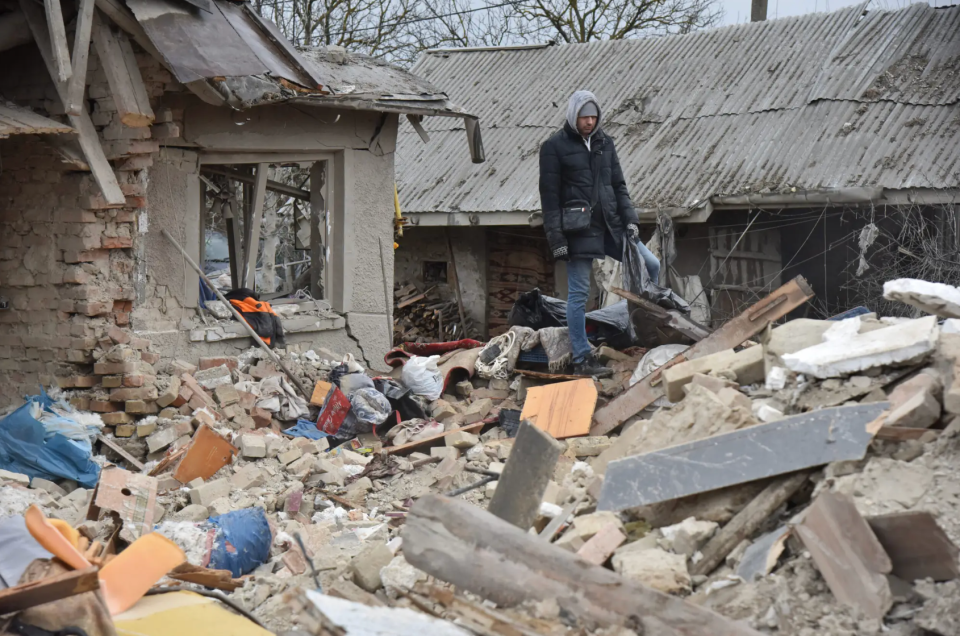
Another factor has been the need for standoff weapons, including cruise missiles and ballistic missiles, to fill in for the shortcomings of Russian tactical aviation. Before the war began, it seemed that Russia expected to achieve air superiority. But with the Ukrainian Air Force still operating, and Ukrainian ground-based air defenses proving very dangerous, Russian tactical aircraft have been rendered all but useless beyond the front lines, and aircraft cannot even operate there at all times, either. These assets also lack the kinds of precision weapons needed, at least in significant quantities, and are unable to conduct true dynamic targeting.
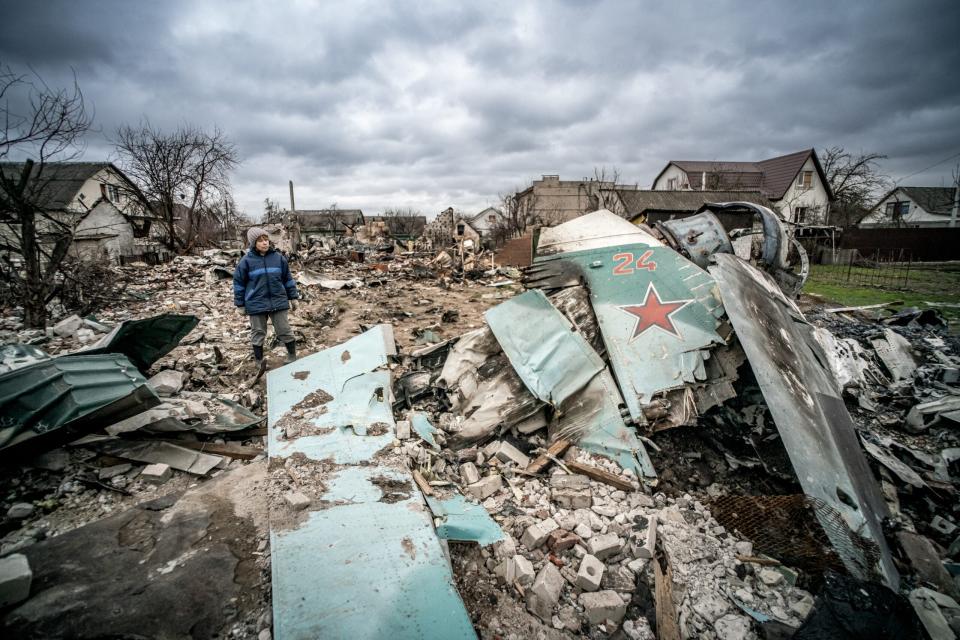
To compensate for all this, Russia has exclusively relied upon cruise missiles and ballistic missiles (as well as one-way attack drones), further depleting available missile stocks on targets that could have been prosecuted by tactical aviation, if air superiority had been established. Using long-range missiles, in turn, offers even less in the way of dynamic targeting, i.e. none.
Now that Ukraine is also better able to launch long-range strikes of its own, threatening not only Russian rear areas but also key military and industrial targets deep within Russia, the problems of keeping military units provided with the ballistic missiles and cruise missiles that they need will only become harder.
Contact the author: thomas@thedrive.com

